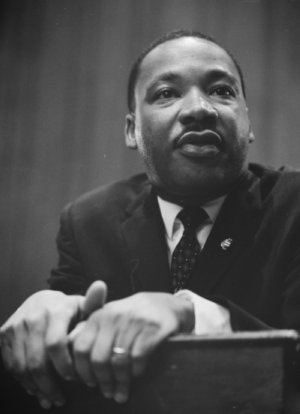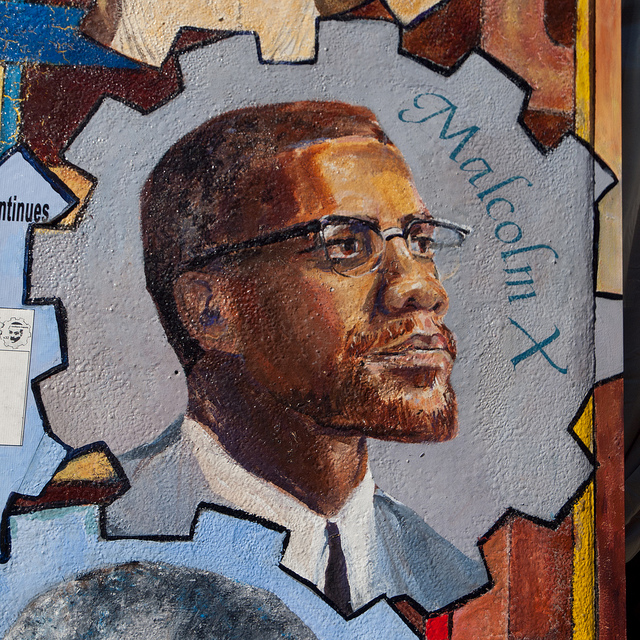
Though the idea that all men and women are equal is almost universally accepted today, stigmas, racism and sexism continues to run rampant in society. While many people tend to see their fellow humans as equals, the fight for justice for many still lives on today. Women across the world continue to fight for equal treatment and pay; Muslims fight for religious freedom and the the elimination of stereotypes; gay, lesbian, bisexual and transsexual people around the world continue to struggle for equal rights and treatment. And through this, despite the fact that the Civil Rights movement within the United States ended in the late 1960s, those involved have built a strong and immutable legacy that continues to live on around the world.
The Civil Rights Movement in the United States
Between 1954 and 1968, African Americans throughout the United States took a stand against the prevalent racism and segregation that permeated US culture. From separate drinking fountains and bathrooms to segregated schools and lesser wages, African Americans were getting the short end of the stick in absolutely every sense of the phrase, and had grown tired of their treatment as second-rate citizens.
An era defined by civil disobedience, social movements and the emergence of heros in the community, the Civil Rights era was a defining time for not only African Americans, but the United States as a whole.
Dr. Martin Luther King Jr.
Perhaps the best-known leader in the Civil Rights movement in the US, the reverend Martin Luther King Junior was widely revered for his influential and emotional speeches and nonviolent approach to activism.

Photo: Library of Congress
Martin Luther King Jr., also known as MLK by many today, stood firmly in the face of discrimination and violence towards African Americans, continuing to put his life on the line for the rights that he and his people deserved. King is known primarily for his nonviolent civil disobedience acts, including bus boycotts and his famed March on Washington in 1963. Following the march, King gave the speech that would define his legacy when he delivered “I Have a Dream.”
In 1964, King received the Nobel Peace Prize for his activism. Four years later, still embroiled in the heart of activism and justice, King was assassinated by James Earl Ray.
Malcolm X
Shrouded in controversy for his political, social and even religious views, Malcolm X fought for equal rights at the same time as, but along a very different path from MLK.

Malcolm X mural
San Francisco, CA
Photo: Franco Folini
Malcolm X, born Malcolm Little, came under fire from many when he joined the Nation of Islam and expressed support of violence as a means of ending racism and discrimination against African Americans. Because of this as well as his anti-white beliefs, Malcolm X is seen in very different lights by different people, but the fact remains that he played a very large part in the Civil Rights movement.
Once known for his black-supremacist and pro-violence behavior, when Malcolm X left the Nation of Islam in the mid 1960s, his set of beliefs changed slightly, instead focusing more heavily on the ideas behind helping African Americans rise up rather than putting down the white people holding them back. Expressing his desire to work with the US Civil Rights movement, he advocated for human rights, rather than civil rights, allowing the use of the phrase and terminology to expand beyond just the United States.
Because of his change in beliefs and exit from the Nation of Islam, tension grew high between the two and Malcolm X was assassinated by members of the Nation of Islam in February of 1965.
Though Malcolm X and Dr. Martin Luther King Jr. are hardly the only two people who stood against racism during the US Civil Rights movement, they are two of the more well-known and well-respected. Their combined efforts have helped to give African Americans the rights and justice that they deserve and have earned to this day. The fight for equality around the world, however, is far from done.
